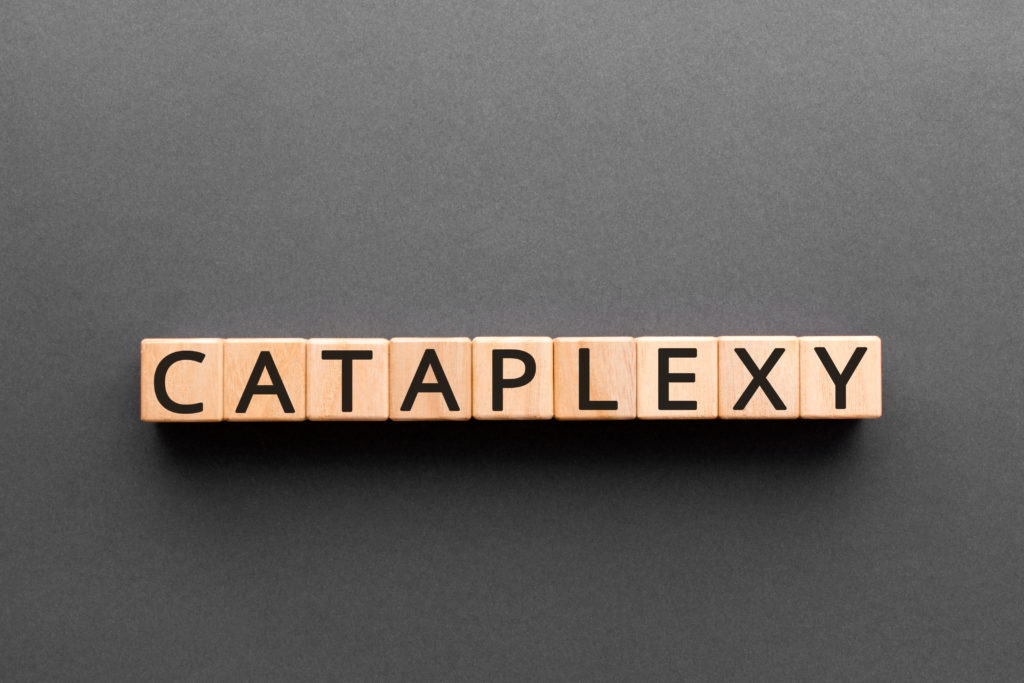


Women and men are equally affected, and it is thought that about 1 in 2000 people have narcolepsy. Long periods of sleep can also occur for people with type 1 and type 2 narcolepsy. As well as having symptoms of narcolepsy, people with this may have neurological problems and sleep for long periods (more than 10 hours) at night. Narcolepsy that does not include cataplexy is known as type 2 narcolepsy.Ī condition called secondary narcolepsy can also occur as a result of damage to the hypothalamus – part of the brain that helps regulate sleep.

Type 1 is accompanied by cataplexy, a sudden loss of muscle tone or weakening of the muscles that is often triggered by a strong emotion. This results in uneven and broken sleep during the night and periods of extreme tiredness and sudden attacks of sleep during the day. It affects your brain so that messages about when to sleep and when to be awake get confused. Narcolepsy is a chronic and disabling sleep disorder. What else can I do to look after myself?.On this page, you can find the following information: It may be accompanied by sudden loss of muscle tone or muscle weakness known as cataplexy. These amphetamine-like medications are carefully monitored due to their potential for side effects and misuse.Narcolepsy is a sleep disorder characterised by extreme tiredness and sudden sleep attacks during the day. Other stimulants: While used less frequently than they were in the past, other types of stimulants are sometimes still used as wakefulness-promoting agents.While these medications may be used off-label for this purpose, they have not been FDA approved to treat narcolepsy. SSRIs may be preferred because they tend to have fewer side effects than TCAs. Tricyclic antidepressants (TCAs) and selective serotonin reuptake inhibitors (SSRIs) may help with cataplexy, hallucinations, sleep paralysis, and disrupted nighttime sleep. Antidepressants: Some symptoms of narcolepsy may also be relieved with the use of certain types of antidepressants.It is high in sodium, so people who are taking this medication are advised to limit their dietary salt intake. It helps reduce symptoms of excessive daytime sleepiness and cataplexy. Sodium oxybate: Also known as gamma hydroxybutyrate or GHB, sodium oxybate is FDA approved for the treatment of narcolepsy.These medications are preferred because they are less addictive than many older stimulants. These drugs are used to help improve alertness levels during the day. Wakefulness-promoting drugs: Modafinil (Provigil) or armodafinil (Nuvigil) are central nervous stimulants that are usually prescribed as first-line treatments.


 0 kommentar(er)
0 kommentar(er)
